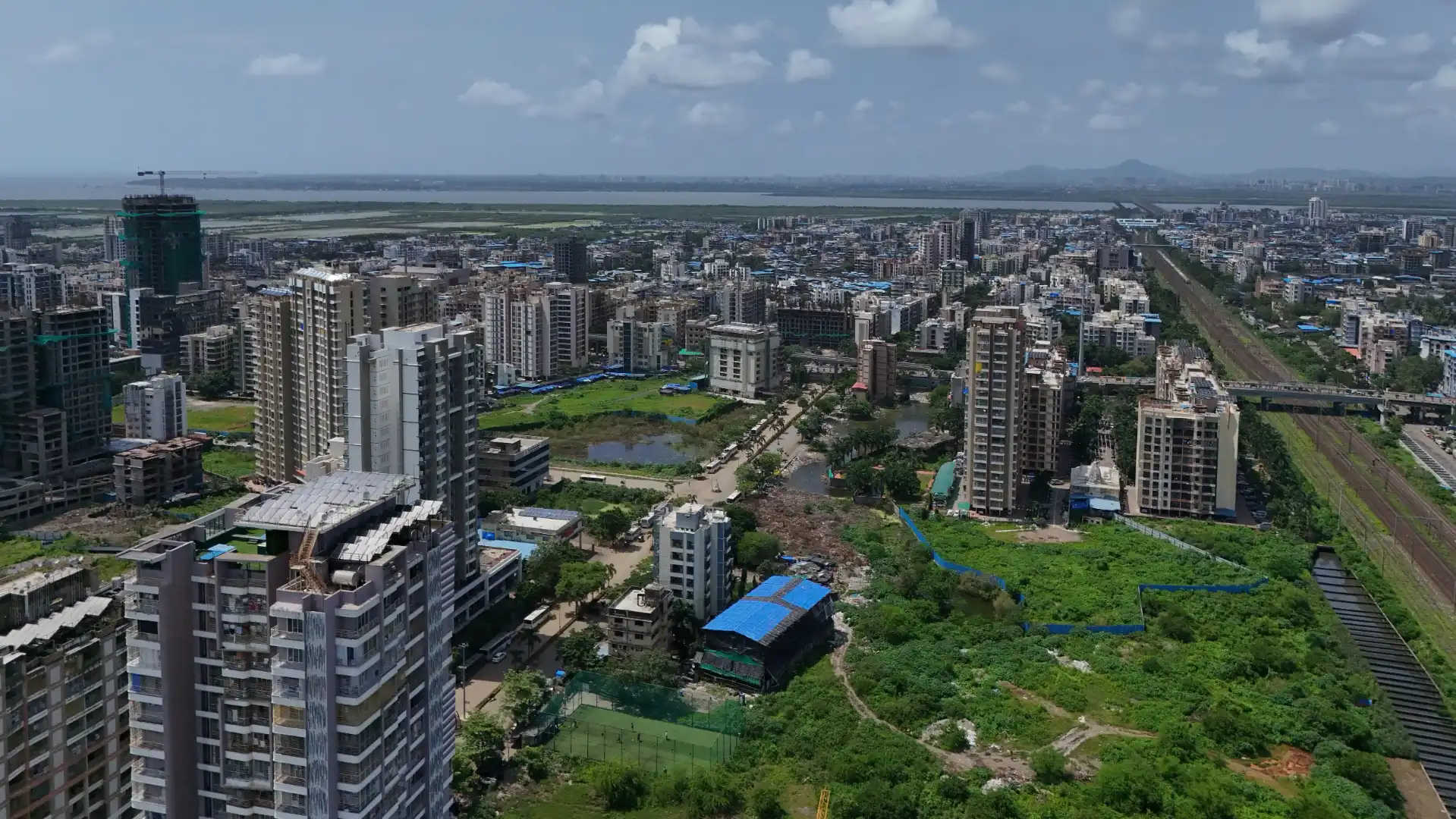Table of Content
Understanding the distinctions between Gram Panchayat areas and municipal limit locations is vital when selecting a place to live or start a business. Each comes with its own advantages and disadvantages that can profoundly impact your way of life, business endeavors, and overall contentment. This article will analyze the pros and cons of Panchayat areas vs. Municipal locations, giving you the necessary details to help you make a well-informed choice.
Understanding Gram Panchayat areas
A Gram Panchayat is a local self-government body that manages villages. It operates within the Panchayati Raj system, which is widely implemented in rural India. Gram Panchayats are in charge of administering small villages and their surrounding rural regions.
Pros of Gram Panchayat areas
- Lower cost of living:
- Housing, food and other daily expenses are generally lower in Gram Panchayat areas compared to urban locations.
- Closer to nature:
- These areas often offer a cleaner environment with less pollution and more green spaces, making them ideal for those who prefer a quieter, nature-centric lifestyle.
- Community life:
- Villages often have strong community bonds, where neighbours know each other and there’s a sense of collective responsibility and support.
- Lower taxes:
- Property and other local taxes are usually lower in Gram Panchayat areas.
Also Read: What is the future of energy-based applications?
Cons of Gram Panchayat areas
- Limited infrastructure:
- Basic amenities like roads, water supply, electricity and healthcare facilities may not be as developed or reliable as in municipal areas.
- Fewer Employment Opportunities:
- Job opportunities are often limited, with many residents relying on agriculture or small-scale businesses.
- Educational Facilities:
- Quality educational institutions may be scarce, requiring travel to nearby towns for better schooling options.
- Less Regulatory Oversight:
- While this can be a pro for some, the lack of strict regulations can lead to issues like illegal constructions and inadequate public services.
Understanding municipal limit locations
Municipal limit locations are areas governed by urban local bodies such as Municipal Corporations or Municipal Councils. These bodies are responsible for providing and maintaining urban infrastructure and services.
Pros of municipal limit locations
- Better infrastructure:
- Municipal areas usually have well-developed infrastructure, including paved roads, reliable water and electricity supply, sewage systems and public transportation.
- More employment opportunities:
- Cities and towns offer a wider range of job opportunities across various sectors, including IT, manufacturing, retail and services.
- Educational and healthcare facilities:
- Urban areas have better access to quality schools, colleges, hospitals and other healthcare facilities.
- Regulated development:
- Municipalities enforce strict building codes and regulations, ensuring planned and sustainable development.
Cons of municipal limit locations
- Higher cost of living:
- The cost of housing, utilities, food and other necessities is significantly higher in urban areas.
- Pollution and congestion:
- Cities often face issues related to air and noise pollution, traffic congestion and overcrowding.
- Less community bonding:
- The fast-paced urban lifestyle can lead to a more isolated and less connected community life compared to villages.
- Higher taxes:
- Property taxes and other municipal taxes are generally higher in urban areas.




_1767164061.webp)


Ans 1. The local bodies constituted for local planning, development and administration in the rural areas are referred as Rural Local Bodies (Panchayats) and the local bodies, which are constituted for local planning, development and administration in the urban areas are referred as Urban Local Bodies (Municipalities).
Ans 2. Municipalities are formed for an urban area, whereas the Panchayat Raj System is formed for a rural area. Moreover, a Panchayat System is interdependent on each other while the Municipal councils are responsible for themselves.
Ans 3. An urban centre with more than 12,000 and less than 40,000 inhabitants is classified as a nagar panchayat. The population requirement for a Town Panchayat can vary from state to state. Such councils are formed under the panchayati raj administrative system.
Ans 4. Article 243B {Constitution of Panchayats}1. There shall be constituted in every State, Panchayats at the village, intermediate and district levels in accordance with the provisions of this Part.
Ans 5. Hence the decision given by the Panchayet have no legal value in the eye of law.So as the decision have no legal sanction in the eye of law, hence there is no requirement to challenge the decision.